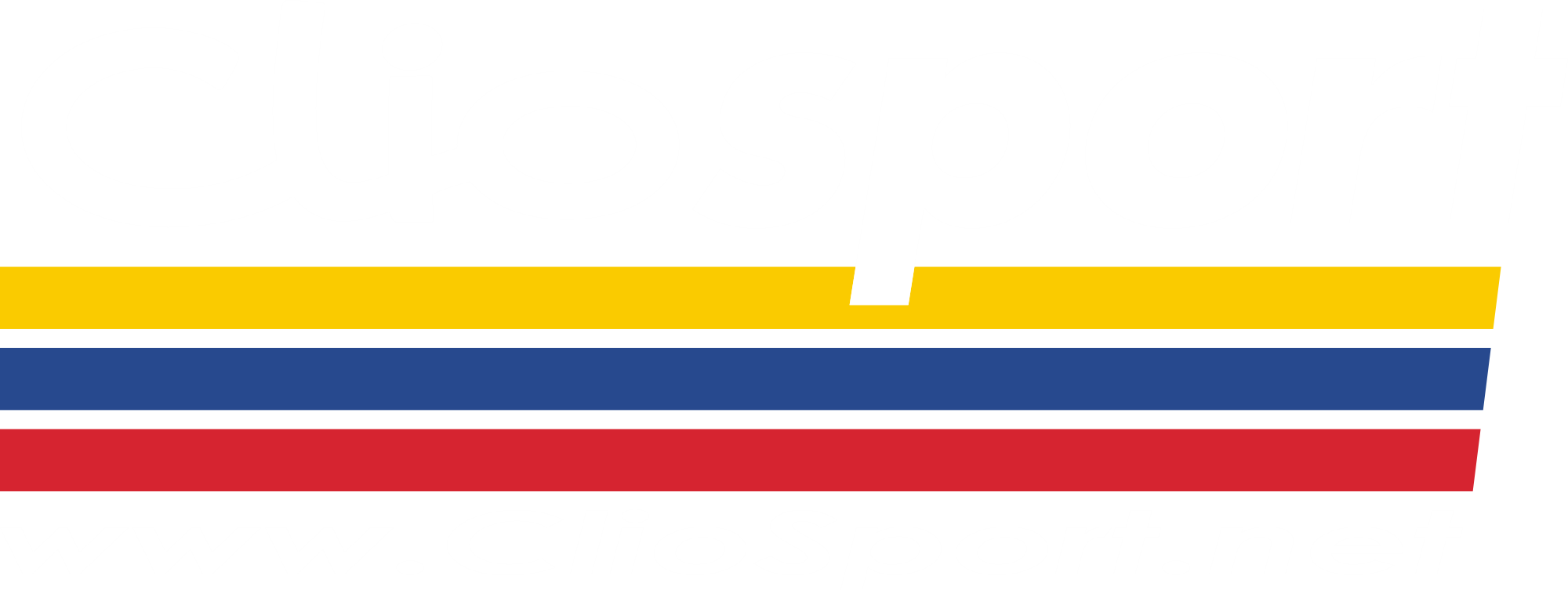you got a welder?
for best finish your gonna need to weld a plate in to cover the hole as using fibreglass/filler overtime it will just sink and will look poor.
if you still wanna go ahead n do it. sand down the area with p80, make sure you prep the inside very very well, try get most down to bare metal. mix up some fibreglass and really give it a good push in, in the corners, make sure some of it come sout through the inside of the door and flatten it off.
*tip* when rubbing down fibreglass, youll notice that it will be sticky and tacky, even if its been left for a good while or heated to dry. if you smear some filler dust over it it takes away the tacky feel and it rubs down alot better.
make sure you rub the fibreglass down so its slightly indented on the handle to allow for a finish with filler.
mix up your filler, give it a nice coat, then just keep rubbing it down with a block adding filler, rubbing it down until your happy with the repair.
do the repair with P80.
then go over with P180 (to eliminate deep scratches)
then P320.
P320 is fine to apply primer coats aslong as youve gave it a good prepping through the grades and got rid of all deep scratches.
if you havnt n think, ah well ill build the primer up heavily and it will cover.. yes it will cover but also it will sink inevitably and you will see all those scratches you tried to cover up. so get them all out and get it smooth.
give it a good clean and dry it up, then mask it out for primering.
if you aint using compressor your gonna need some cellulose aerosol primer. i recommend High 5, but any high build primer is fine.
Build your coats up evenly, dont try get a primer finish with 1 coat or its either gonna run or sink.
if you wanna get the job done quickly then use a hot air gun, hair dryer, heater, whatever to dry it off and it should be ready to wet flat in around 30-40 mins after the last coat of primer. without heat ide leave it a few hours.
spray over the primer with a quick dust of some satin/matt black. this acts as a guidecoat and will sink into the scratches so you know where they are. the idea is to keep wet flatting until there is no visible black left on the primer. this tells you that the primer is now flat as possible.
wetflat the primer with either P800/P1000/P1200. any of these are fine to use. P800 will rub the primer down quicker but will possibly need more building up of the colour basecoat than say P1200.. which will take longer to wet flat the primer. so upto you really, whichever you can get your hands on.
give it a good clean with panel wipe or whatever you have handy and mask it up ready to paint the door.
obviously to get the perfect finish and as the handles are at the back of the door, to get a good colour match, painting into the rear quarters is what should be done, however with aerosols and with inadequete experience i wouldnt recommend this n ide just paint the back door tops.
the white line is where i would paint to with the aerosol.
build up your coats of colour evenly til your primer is covered. if theres and big bits of s**t in the paint then give it a slight wet flat and add more colour (after its been cleaned and dried again).
it should be touch dry in 5-10 minutes with heat and ready for laquering in 20 minutes again with heat.
now your ready for laquering. get yourself 2 or 3 cans of cellulose laquer. acrylic will be available and provides a harder finish, but cellulose is more durable so i use that.
the white line is how far your gonna laquer, the pink marks are where your gonna have to improvise and blow it in. as you dont wanna paint the bottoms of the doors (unneccesary) and you dont wanna go right over the top of the door (unneccessary/colour reasons/pointless).
ide say your gonna need 3 coats of laquer. apply it well and try get a good finish. between laquer coats dry it off for a while.
hope this guide helps any questions PM.
What Your Gonna Need
- P80, P180, P320, P800/P1000 or P1200
- fibreglass
- filler
- sanding block
- bucket
- roll of rags
- panel wipe or something to clean it
- black aerosol (guidecoat)
- 2 cans of colour
- 2 possibly 3 cans of cellulose laquer
- masking tape
- hot air gun

